BEACH NOOB?
Yes, it’s true, you can play Beach Volleyball in Yakima! In fact, the sport of Beach Volleyball is rapidly taking over the PNW. There are many tournaments around the area and many clubs or training programs popping up all over.
Here’s a quick intro video to Beach Volleyball.

INDOOR VS. BEACH
COURT SIZE
Beach courts are smaller–16m x 8m and there is no attack line. A player may hit the ball from anywhere on their side of the net. If you wonder why the beach court is smaller, try a quick lateral sprint through the sand and see how much speed (and breath) you lose. A smaller court ensures that the ball will stay live longer and rallies will be more entertaining.
BALL
Beach volleyballs are softer, lighter and a bit bigger than indoor balls. The lighter weight allows them to float more in the air, allowing good players to use the weather to their advantage.
We recommend buying the yellow-and-white-striped Wilson beach volleyball. This is the official ball of the Association of Volleyball Professionals (AVP — aka the pro beach circuit). Or the King of The Sand Ball, by Spaulding. But any Beach Volleyball is fine!
NUMBER OF PLAYERS
Beach volleyball is typically played with doubles. There are no specialized positions, only a left and a right side. Most beach players are well-rounded and can hit, dig and block.
At the higher levels, one player is dedicated to blocking and one to digging, but if you’re just learning, grab a side and share the responsibilities. If you want to be taken seriously, don’t play with more than two per side.
SCORING
In beach volleyball, a match consists of a series of best-of-three game, with each game played to 21 points. Two sets wins the match, and the third tiebreaker set, if necessary, is also played to 15 points.
GAME PLAY
- You can’t open hand tip. Instead you need to use what we call a “poke”, where is where you use the knuckles of your hand (a hard, stiff surface), to contact the ball when you are not able to spike it.
- The block counts as one of your three contacts. So unlike indoor where your team can still contact the ball 3 more times after your blocker touched it, on the beach that touch counts as one of your 3 contacts.
- You can’t play (receive) a serve or a “free” ball with your open hands (set)
- Any other ball that you receive with your hands open(set) must come out VERY clean (meaning, almost no spin) in order to not get called, costing you a point.
- There is no centerline under the net to avoid crossing on the beach, like there is in indoor. On the beach you could run right under the net if you wanted, onto the other team’s side, as long as you didn’t interfere with the other team playing the ball.
- In Beach Volleyball the teams switch sides of the court every 7 points in a game to 21 and every 5 points in a game to 15. This is because there is often a side advantage when playing outside due to factors like the sun and the wind. So every time the score is a multiple of either 7 or 5, the teams will trade sides of the net.
You can read or download the full Rule Book HERE.

